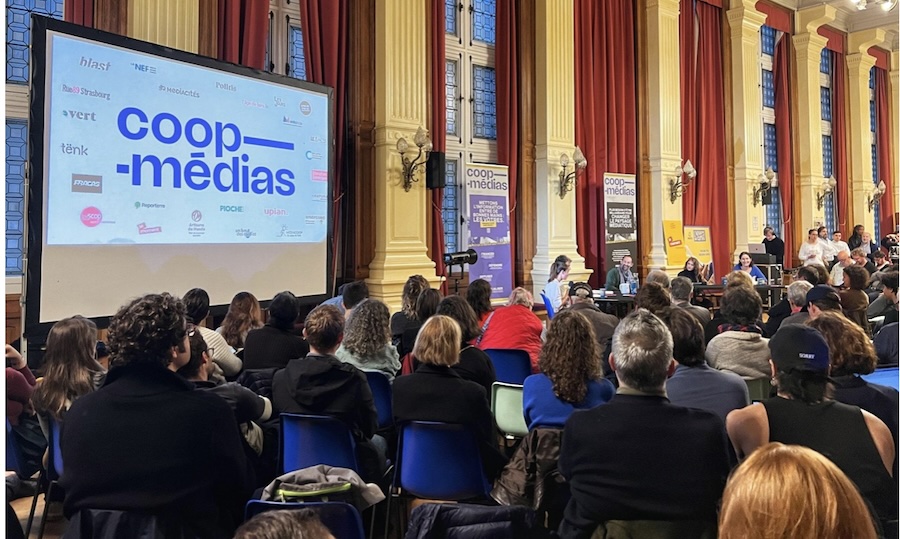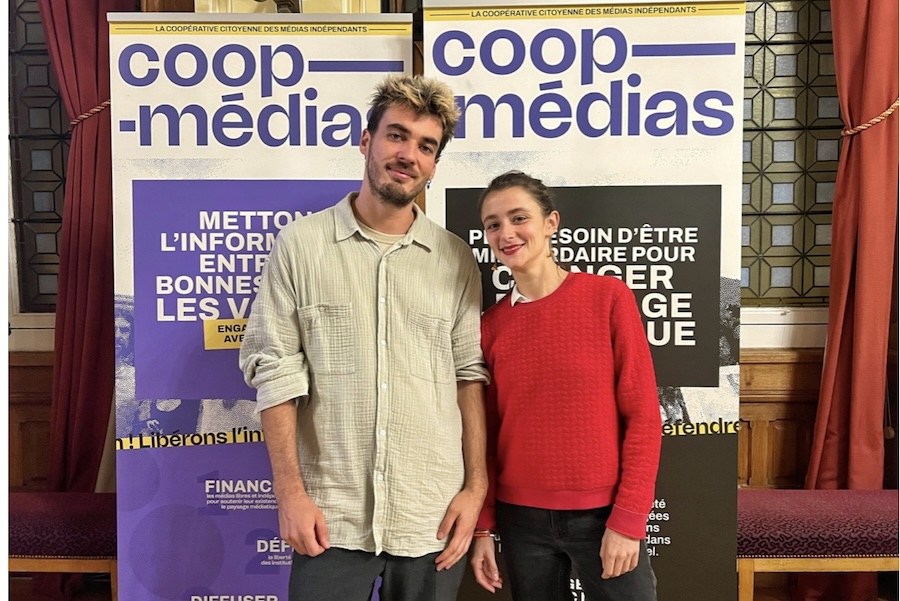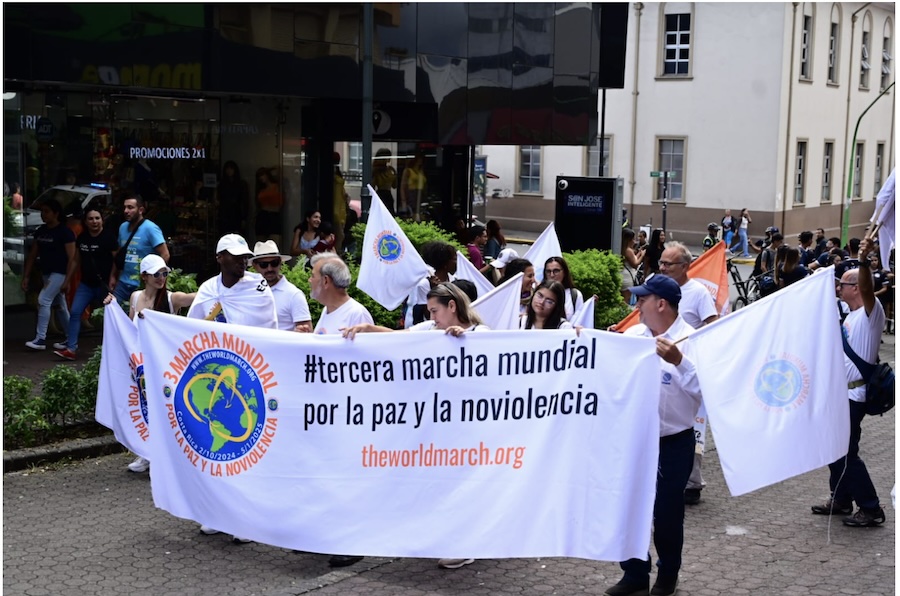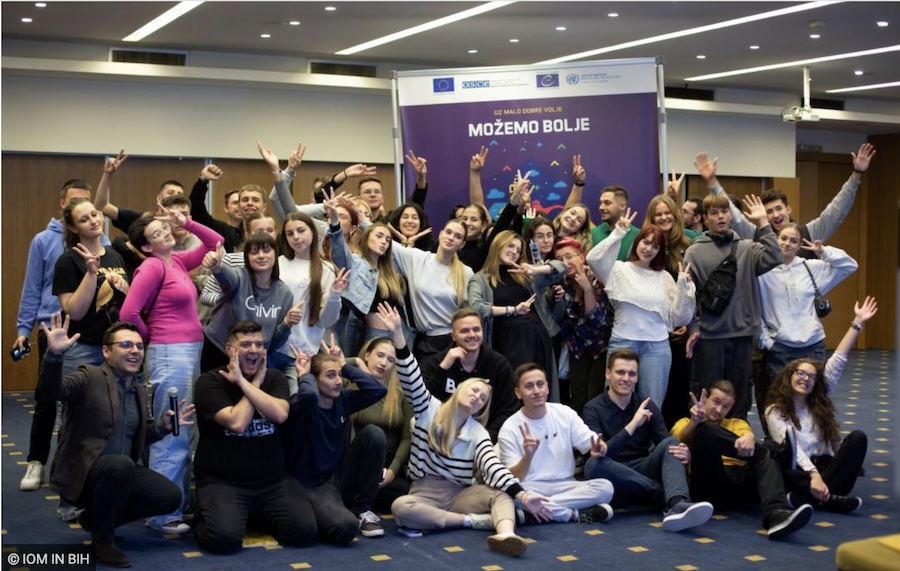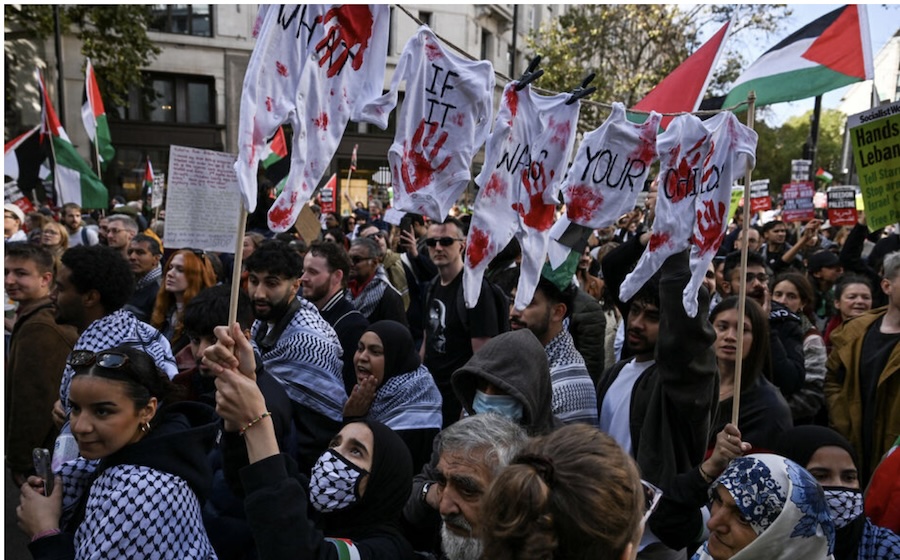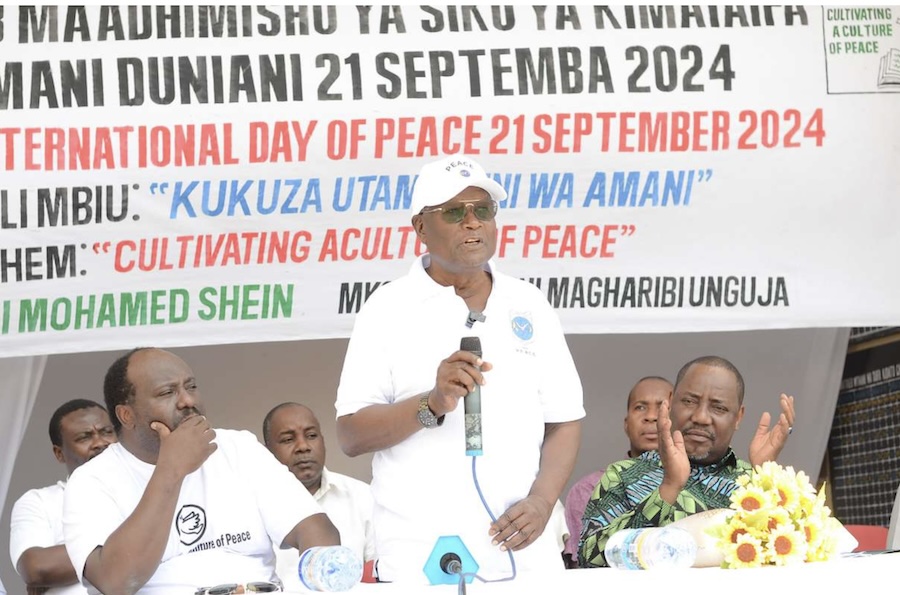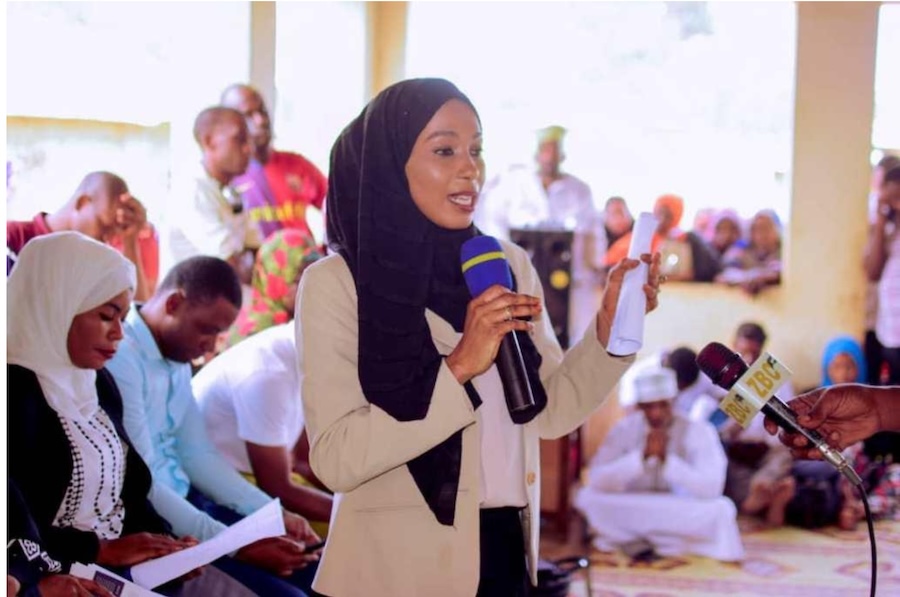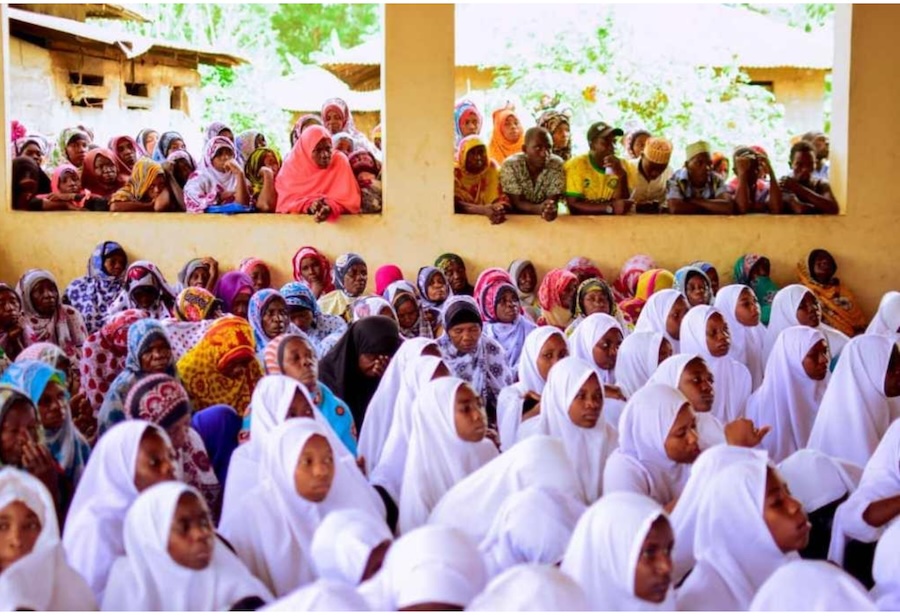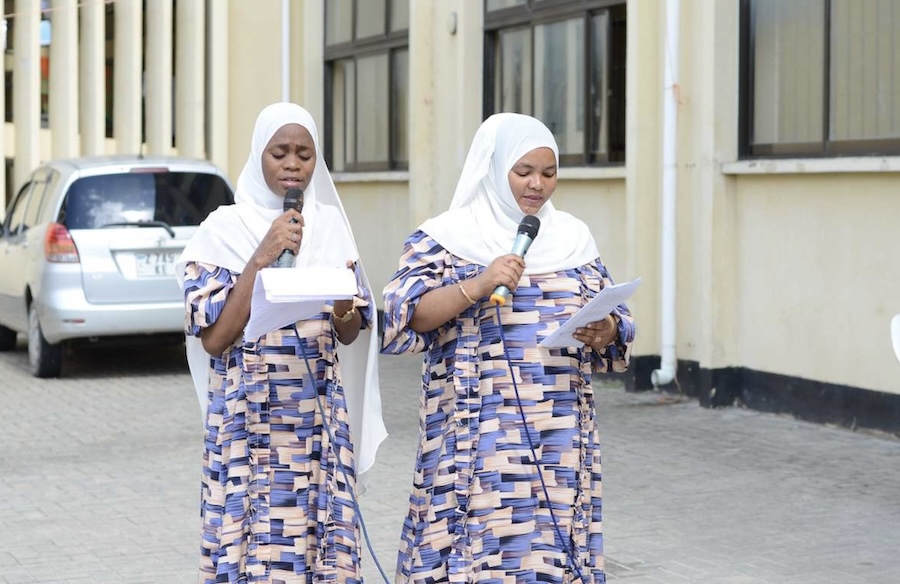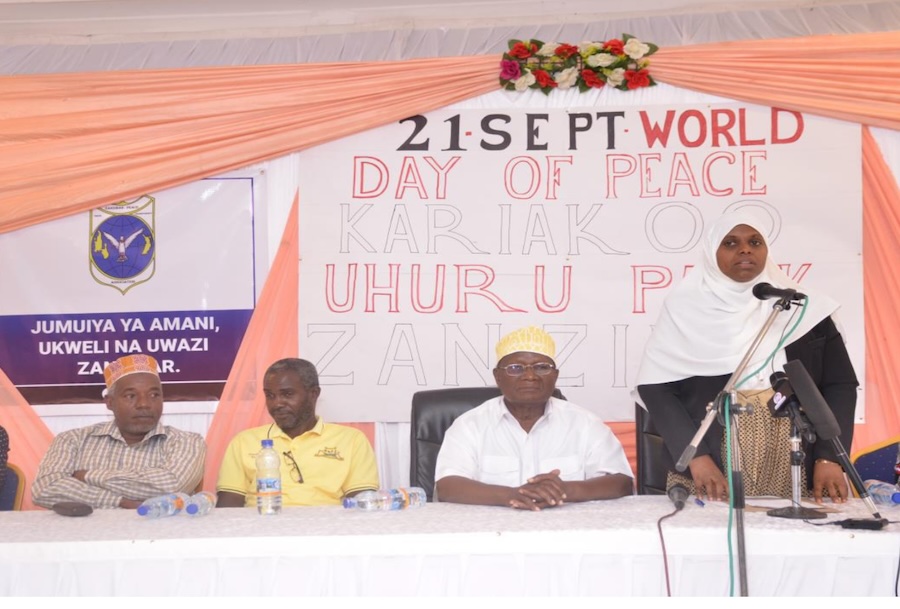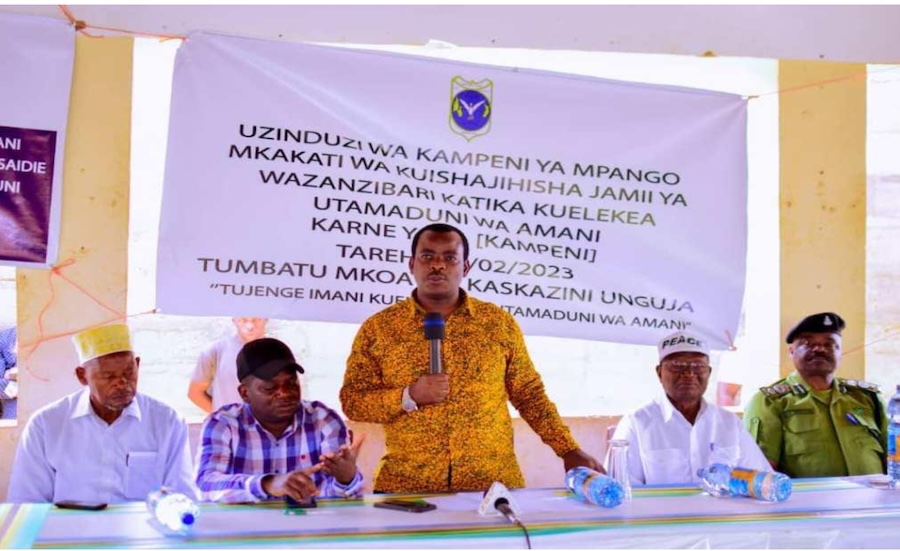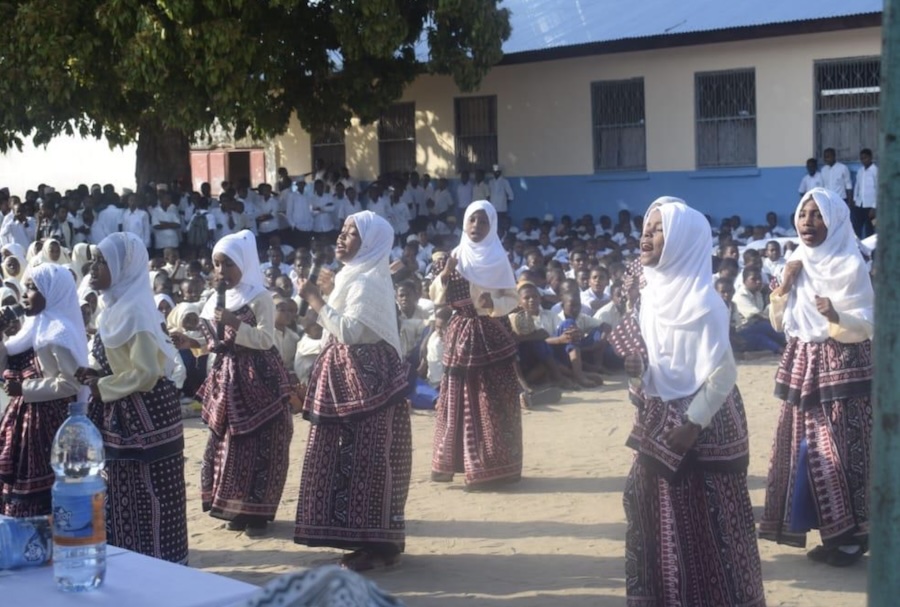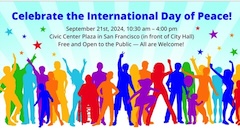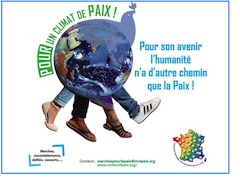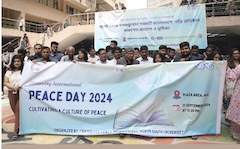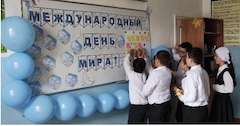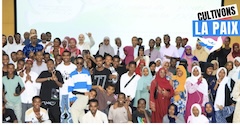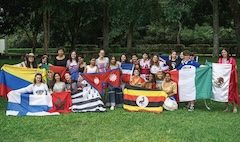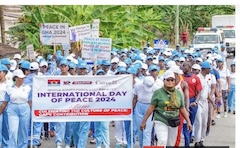FREE FLOW OF INFORMATION .
An article by Rudecindo Vega Carreazo in Otramirada (translation by CPNN)
This October 2nd marks the 20th anniversary of the journey into eternity of RP Felipe Mac Gregor SJ, the former rector of the PUCP (Pontifical Catholic University of Peru) and the United Nations University, the creator of the concept “Culture of Peace”, universalized by UNESCO and enshrined in a Universal Declaration of the UN. It is a shame that in Peru this universally valuable achievement is little known and recognized. Hopefully it can be taken up and valued today in a crisis of violence, insecurity and crime. Hopefully the PUCP, which owes so much of its development and institutionalization to him, can promote a permanent project of this type.

I was a PUCP student when he was no longer Rector, but his image was of validity and admiration, distant and unattainable for a student from the barrios and small towns (in my case, Camporredondo). Thanks to my teacher Marcial Rubio Correa (former PUCP rector as well) I had the good fortune and honor of working with MacGregor for 12 years, first at the Peruvian Association of Peace Studies (APEP) and then at TRANSPARENCIA. I have hundreds of teachings, anecdotes, life lessons as simple as they are profound.
Thanks to his generosity and that of Marcial, I shared with them, at APEP, the central team of multidisciplinary research on “Structural violence in Peru” (for me they were a master’s degree and a doctorate without a degree together), “Violence in the Andean Region: Bolivia, Colombia, Peru and Venezuela” (another master’s degree and doctorate on Latin American reality) and; the investigation into drug trafficking and cocaine that developed proposals from Peru, Bolivia and Colombia that were presented at the summit of Presidents Barco, Alan García and Paz Zamora with Bush Sr. in 1990 (another specialized master’s degree).
Between 1988 and 1992 I learned about another of MacGregor’s concerns, little developed, the concept of “Human Security.” He said, always ahead of time, that it was one of the great problems that the world would face in the coming decades. Imagine how valuable his advice would be in times like the present where insecurity, violence and crime reign everywhere. Father Felipe moved with incredible ease in that world of influencing decision-making for worthy causes. I was very happy, running from my house in SMP to the PUCP in Pueblo Libre, then to the Colegio Inmaculada in Surco (where he was also Rector and resided) and the Universidad del Pacífico in Jesús María where he presided over the Institute for Peace.
In TRANSPARENCIA he was equally valuable and wonderful. I got to know his love for Peru and the future of Peru, his vocation for human rights and democracy. To take advantage of his prestige, he was invited by Fujimori to create and preside over the High Commissioner for Human Rights, but he rejected it in front of the ministers and presidents of the PJ (judiciary) and MP, pointing out that those functions were already in those constitutional bodies.
(Article continued in the column on the right)
(Click here for the original Spanish version of the article)
How can we carry forward the work of the great peace and justice activists who went before us?
(Article continued from the column on the left)
I also remember, because I accompanied him to an event organized by the JNE (National Elections Jury) controlled by Fujimori in 1999, in which the central speaker and honoree was him as a member of TRANSPARENCIA. Before the full JNE, politicians, judicial authorities, prosecutors, congressmen and the executive, his conference focused on the autonomy and independence of the JNE, the role of the rule of law and the defense of democracy and why electoral power could not be manipulated by the government. superb master class, I was an eyewitness, we left together, this time alone, without company protocol, he leaning on my arm, in the elevator with a sweet, half-broken voice he said to me “Was I right? I had to tell them what Peru deserves, but let’s get out quickly, otherwise they will only understand and not let us leave.” In TRANSPARENCIA he was a voice that gave institutional personality, how necessary his knowledge and voice would be for our Peru today, which suffers its worst moral, institutional, political, electoral crisis. Many times I comfort myself with his teachings and anecdotes.
One time he asked me what my promotion was at the Colegio Inmaculada, I told him I had studied at the GUE Nicolas de Piérola in El Agustino, that my primary school I studied at the School Center N°131 of Chachapoyas and that I was from Camporredondo; Without being surprised, with a naturalness that reached my bones, he told me “that is why we understand each other, that is why we get along so well, you are a Jesuit without being a Jesuit and I am a civilian being a Jesuit.” I admired him more, much more. He asked me again, why was I an atheist or perhaps agnostic? I told him that I was not an atheist, nor an agnostic nor a nihilist, that I was just a young man confused about his beliefs and that I had not yet found my way. Again, without any gestures of surprise, he told me that he “was also a confused priest and continued to search for his way”; and, quoting Machado, he told me “each of us will make our own way as we go.” He was a sublime teacher, a priest teaching a disciple to find his own way, not to follow his own.
I did not see him much during the last years of his life, but we were aware of each other. His death did not surprise me, but it did surprise me; At his wake, in his church, Our Lady of Fatima, without realizing it, but with much peace and security, after many years, I prayed again, for the joy of having known him, for his earthly life, for his eternal life. Today I continue to do so, sporadically it is true, and his image and name always come to my mind. He will continue to build his path in eternity, while I continue trying to build my earthly path, knowing that “that is why we understand each other, that is why we get along so well.” Glory to you, Father Felipe Emilio Mac Gregor Rolino S.J.; in my memory and heart always.
(Editor’s note: As described here Felipe MacGregor launched the initiative for a culture of peace at UNESCO.)
– – – – – –
If you wish to make a comment on this article, you may write to coordinator@cpnn-world.org with the title “Comment on (name of article)” and we will put your comment on line. Because of the flood of spam, we have discontinued the direct application of comments.


